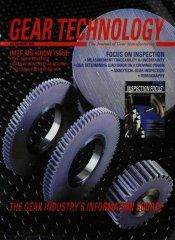Founded in 1927 as the Machine Tool Show and held every two years, the International Manufacturing Technology Show (IMTS) has grown into the largest manufacturing trade show in both North and South America. The statistics for the 1998 show offer a glimpse of the magnitude. Over 1,440 exhibitors showed off 60 million pounds of machinery and went through 5 million pounds of display materials during the week long show. The show organizers themselves sent out 2,632,560 promotional pieces. Twenty-three foreign machine tool associations participated. It took 4,600 trucks to get everything to McCormick Place for the show. There were 450 journalists covering the event, which was attended by 121,764 people. There was $1,034.618,000 worth of business transacted on the show floor of IMTS 1998.
